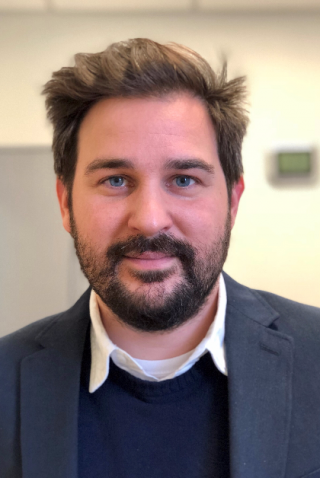Every year, each state, except for Arizona and Hawaii, imposes a 1-hour jetlag on its citizens. On March 8, we ‘Spring Forward’ into daylight saving time (DST) and lose one hour of sleep. In November, we ‘Fall Back’ to standard time (ST) and get an extra hour of shut-eye. This societal change in the number of hours in the day of the time change (23 hours in March, 25 hours in November) wreaks havoc on our health and public safety. We propose to drop these unnecessary and arbitrary time changes.
Sleeping too little is associated with an increased risk in many chronic diseases: obesity, cardiovascular disease, type 2 diabetes. Reducing sleep duration by as little as 1.5 hours per night for 6 weeks increases blood pressure to a similar extent as weight gain of 5%. Poor sleep quality is also related to low dietary quality and higher energy intakes. Hospital readmissions after heart attacks are higher among short sleepers. Importantly, studies have shown that hospital readmissions for atrial fibrillation and stroke incidence are increased in the days following the time change to DST. Not to mention, the potentially negative effects of the sudden time shift on mood, especially in those vulnerable to mental health problems. Taken together, these findings suggest that jumping to DST is associated with health risks due to the reduction in sleep duration that occurs with the shorter day.
In addition to health risks, safety data show that fatal motor vehicle accidents are higher in the 5 work days following the springtime jump to DST compared to the prior week and other weeks during the year. This is likely a result of shifts in biological rhythms and reduced sleep that occur as a result of the society-imposed jetlag. Indeed, impairments in sleep are associated with reduced attention, alertness, and cognitive function. Others have also observed that falling back to ST in the fall increases car accidents. In any case, changes in our clocks, either forward or backward, are associated with adverse outcomes, and should be abandoned.
DST or ST: That is the question.
While lawmakers have proposed a move to keep a constant clock, there is debate on whether to remain on ST or DST. Arizona and Hawaii already keep constant ST, but seven states have asked Congress to move to year-round DST. Differences in opinions may be due to where one falls in the time zone. In New York City, on winter solstice, the shortest day of the year, sunrise occurs at 7:16 AM and sunset at 4:32 PM. NYC would see sunrise at 8:16 AM and sunset at 5:32 PM by staying on DST permanently. In Atlanta, which lies on the western edge of the Eastern time zone, sunrise occurs at 7:39 AM on winter solstice and 6:27 AM on summer solstice. Permanent DST would further push sunrise to 8:39 AM in the winter; keeping ST would advance sunrise to 5:27 AM in the summer. Keeping ST preserves morning sun at the expense of less sunlight in the evening. But, would that extra hour of morning sun in the dead of winter make such a difference? We argue it does. We propose a ban on bi-annual time changes, and urge policymakers to “lock the clock” in ST.
Why? From a circadian perspective, morning light exposure helps overall health by maintaining our biological clocks in alignment with both the sun clock and the societal clock. Morning light also helps achieve and maintain good nighttime sleep, while evening light can make it more difficult to fall asleep. Under permanent DST, with reduced morning light exposure and increased evening light exposure, our biological rhythms would be out of sync with the societal clock. This discrepancy is associated with risk for chronic disease and impaired psychological well-being. Late sunrises under permanent DST means drowsy, often sleep deprived commuters driving to work — and children travelling to school — in near darkness for much of the school year. Proponents of permanent DST claim benefits of energy savings and increased potential for outdoor physical activity, yet both of these are negligible, and outweighed by the potential negative effects on health and safety of a permanent switch to DST.
Locking the clock into ST is endorsed by the National School Boards Association, the American Federation of Teachers, and the National Parent Teacher Association. What’s more, almost every major national and international scientific society on biological rhythms agree that abolishing DST and maintaining constant ST is the best option for public health. These recommendations, by scientific experts, are evidence-based and should now be translated into public health policy. We should abolish clock switching and stick to ST to benefit our sleep and physical and mental well-being and safety. Instead of springing forward, let’s all stay put.
Follow us here and subscribe here for all the latest news on how you can keep Thriving.
Stay up to date or catch-up on all our podcasts with Arianna Huffington here.




